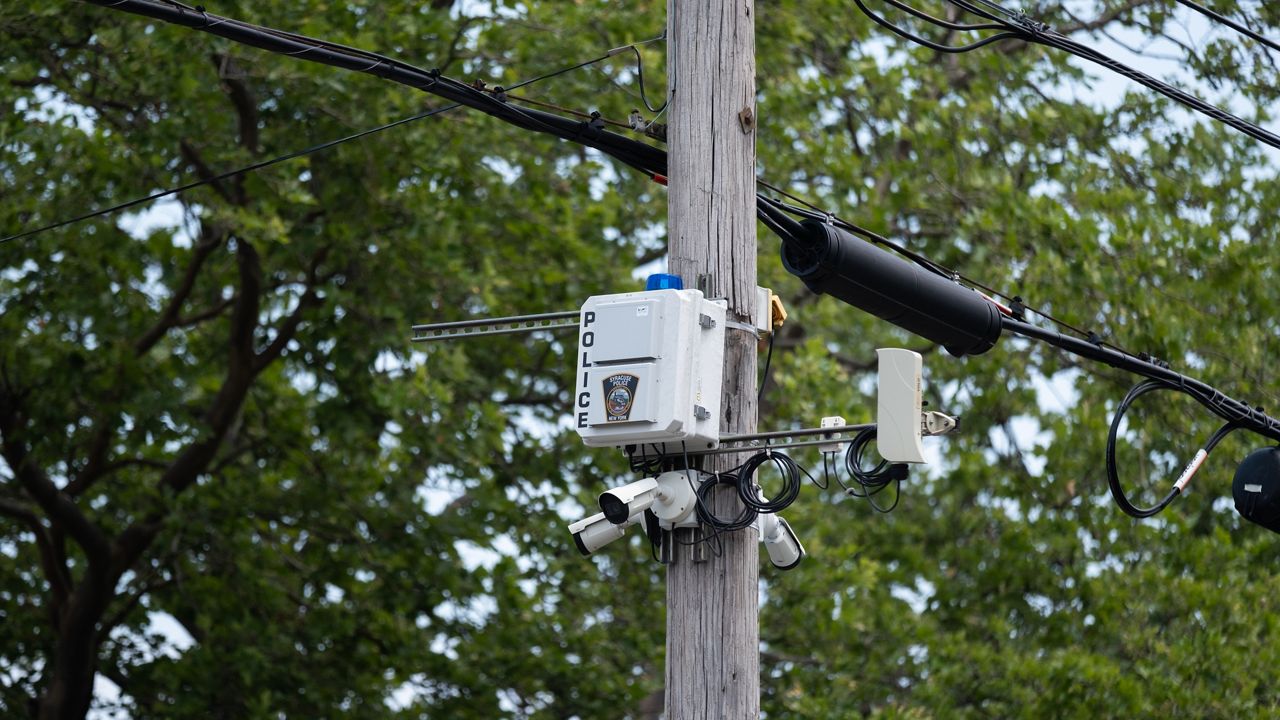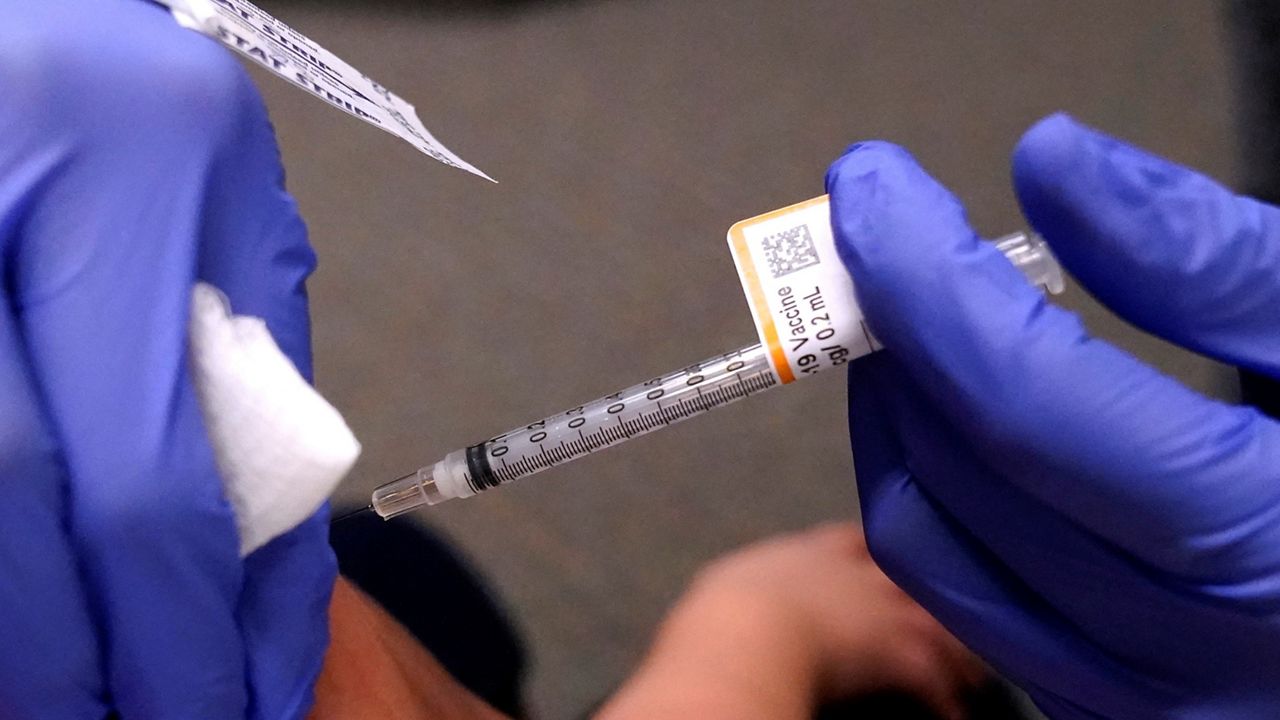New York legislators were hoping to pass a bill this year that sets a maximum temperature in schools. That bill has now passed and is waiting to be delivered to and signed by Gov. Kathy Hochul.
In the Maine-Endwell School District in Broome County, a capital improvement project will add air conditioning to their schools. The work is going to continue through the school year.
“I don't think it's something that's a luxury or something that's frivolous,” said Bill Dundon, principal at Maine Memorial Elementary.
While kids have been away for the summer, they’ve been installing air conditioning at the school.
“Sometimes schools don't have the fans that like a home would have or an office structure would have. So, the air kind of tends to stand still a little more. So, to have air conditioning to make it more comfortable and a better learning environment for our kids in our community. We're really, really excited about that,” said Dundon.
Adding air conditioning to the district’s schools accounts for more than half of the $64 million improvement project approved two years ago.
“It's not something any particular district or building can just go out in a summer and do. So. It requires a lot of planning. Requires voter authorization, requires a lot of money and funding,” said Jason Van Fossen, the superintendent at Maine-Endwell Central School District.
It’s a process that could prove to be a hurdle soon. A bill has passed the New York Senate and Assembly requiring a maximum temperature in schools. At 82 degrees, staff must work to cool down the room. At 88 degrees, everyone leaves the room. If signed by the governor, it will take effect September 1 of next year.
“Huge undertaking. And you couple that with a few other initiatives that are coming down from New York State, and it's just one more to your plate that you're trying to juggle, such as the zero-emission busses and other things. So, we understand it. But again, it's one of those where until you have to, literally address the law in action, it's going to be a challenge for really everybody,” said Van Fossen.
Michelle Sherwood has been a teacher in the district for 30 years.
“So, in your house if you're hot there's only a couple of people, you put up a fan, you get more water. In a school setting, we have 20 to 25 people in our room. Fans are not safe. Little kids like to go near them, touch them. Cords. Water bottles are dropped. It's a harder thing,” said Sherwood.
Sherwood says over the years, May, June, September and October have all become hot months in the classroom. She’s looking forward to AC for her sake and her students’ sake.
“Because our job is to motivate and make kids excited about learning, it's hard to do when they're melting. And if we open windows bees, there isn’t a lot of airflow. So, it's been a difficult challenge to try to ignore the elements and still make a fun environment,” said Sherwood.
The exposed ceilings will last throughout the school year, and construction will take place in off-school hours. There’s also been a state bill introduced that would give grants to schools for buying air conditioners, but that’s still in committee.












